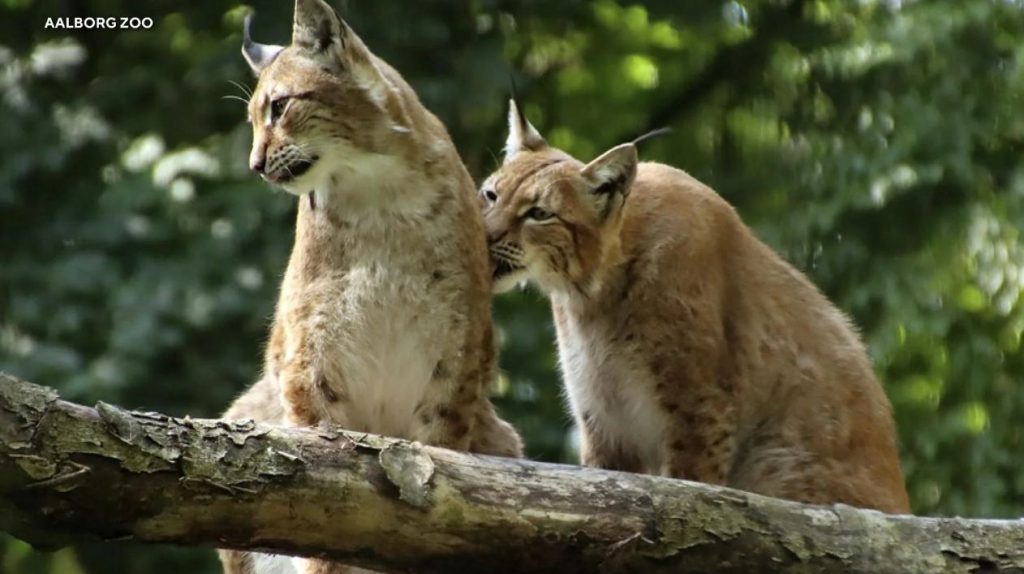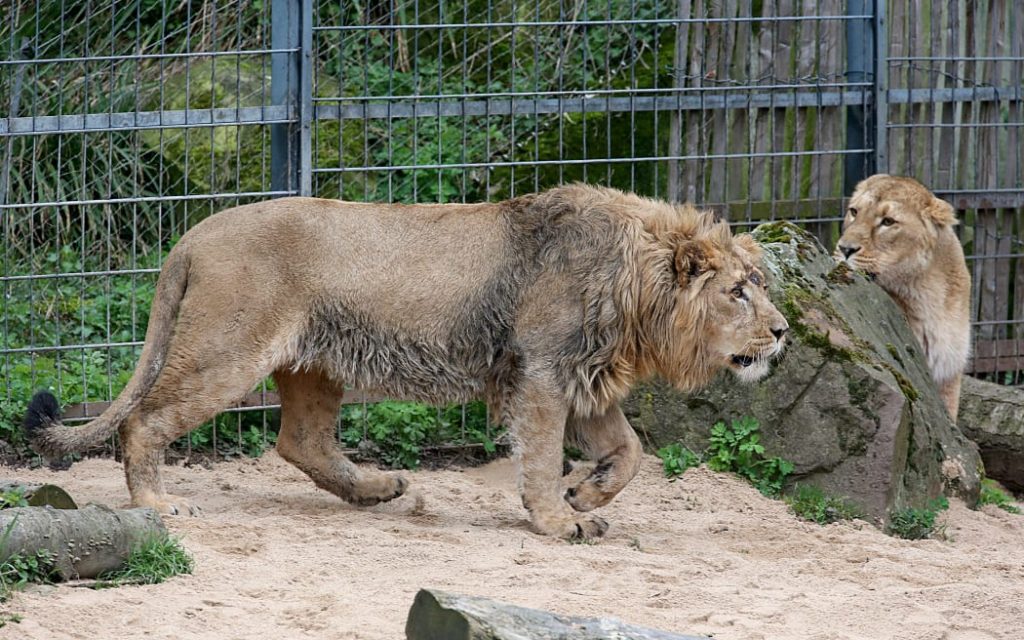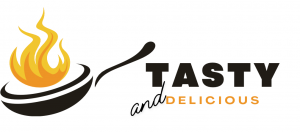Aalborg Zoo in northern Denmark has stirred controversy by publicly requesting donations of unwanted pets such as rabbits, guinea pigs, chickens, and even horses to be used as food for its carnivorous predators.
Purpose and Operational Details
Zoo officials framed the initiative as an effort to mimic natural dietary patterns. By feeding whole prey—including fur and bones—they aim to enrich the animals’ nutritional health and encourage instinctual behaviors. They argue this is essential for predator wellbeing and reflects scientific principles of zoological care. Donations are accepted during weekdays between 10 a.m. and 1 p.m., with a limit of four small animals per person. Certain horses are also eligible for acceptance, provided they meet documentation and health criteria. Owners may receive a tax deduction based on the horse’s weight and condition.

Roots in Tradition and Practice
Zoo representatives insist the practice isn’t new but rather a long-standing, discreet component of their operations. Supporting evidence shows that Danish institutions—including Aalborg and Copenhagen Zoos—have previously used euthanized animals as feed in efforts to reduce waste and maintain ethical standards. The 2014 case of Marius, a healthy giraffe euthanized at Copenhagen Zoo for genetic management, remains widely known after his body was partly fed to lions amid public backlash. The incident spotlighted Denmark’s zoos and their approach to animal welfare and conservation management
Divergent Public Reactions
Reactions have been sharply divided. Critics have labeled the initiative unethical, unsettling, and disrespectful—questioning the appropriateness of feeding domesticated pets to zoo animals and suggesting it may encourage neglect of vulnerable animals. Conversely, some experts and members of the public view it as a humane and practical solution. Marcus Clauss of the University of Zurich supported the idea—so long as it’s based on welfare, not cost-saving—highlighting that some shelters are overstretched and often inadequate in caring for unwanted pets
Ethical and Regulatory Considerations
While termed sustainable by the zoo, ethical concerns center on whether pets—especially those with emotional bonds—should be used as food. Critics warn it may blur the line between legitimate conservation practice and sensationalism. Some countries with stricter regulations prohibit such direct use of pet animals as predator feed. However, in Denmark, documentation and health screening protocols—for instance, the requirement for horse passports—help ensure that the scheme complies with legal and welfare standards.

Conclusion
Aalborg Zoo’s call for pet donations to feed its predators raises complex questions at the intersection of animal welfare, sustainability, and public sentiment. On one hand, the initiative aligns with a philosophy of minimizing waste and providing natural nutrition to carnivores. On the other, it confronts expectations around pet ownership, emotional value, and governance in modern zoological care. With Denmark’s historical context—including prior controversies like the Marius giraffe case—this is not merely a novel practice, but a flashpoint in broader debate about how we ethically manage animal life in captivity. The zoo has emphasized transparency throughout the process, encouraging open dialogue with the public and inviting questions about its animal care policies. Staff members have also offered guided educational sessions to explain the ecological reasoning behind predator feeding practices to concerned visitors.

















